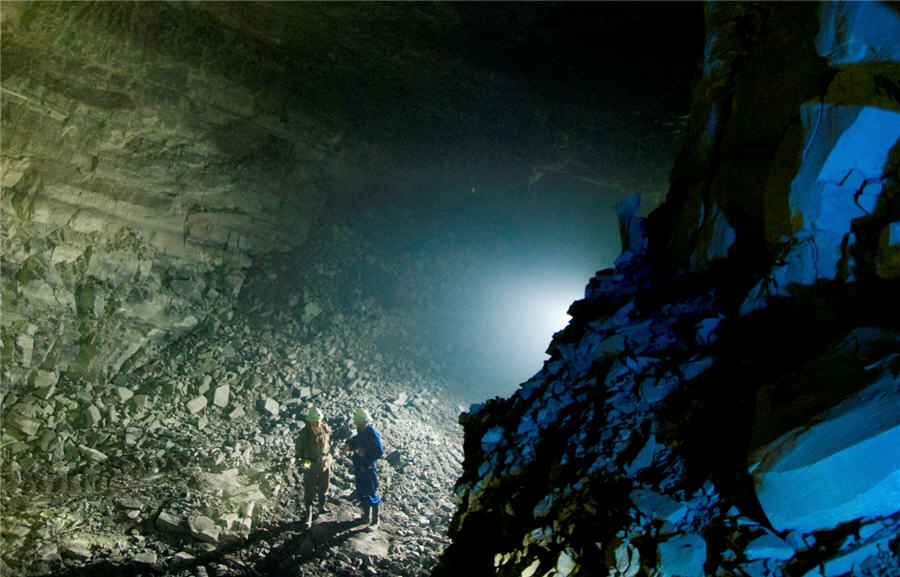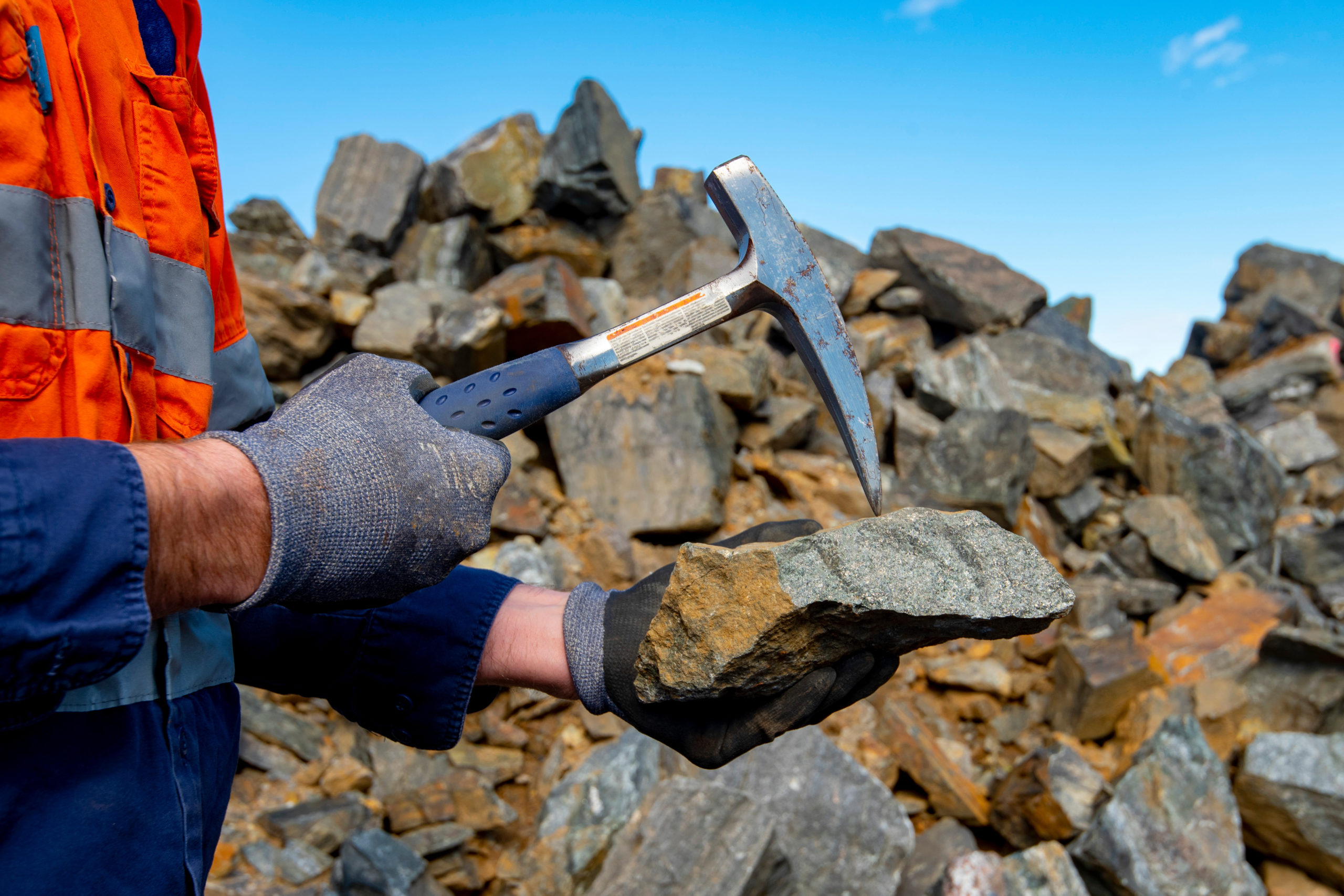Death toll at Glencore’s mine puts spotlight on illegal mining

The dozens of people killed in a landslide at Glencore Plc’s mine in the Democratic Republic of Congo highlight a constant struggle in the industry: illegal mining.
It’s the result of a harsh economic divide across Africa, home to some of the world’s richest reserves of metals and minerals and some of the poorest people, who are willing to risk their lives in dangerous conditions to eke out a living.
The open-pit mine, which is part of the Kamoto Copper Co., that Glencore operates in Congo is vast and the perimeters stretch for miles, making them difficult to police. Glencore estimates that 2,000 unauthorized people enter the industrial site on average every day.
“We are concerned about the risk of additional safety issues in the future as these illegal mining activities are unlikely to stop in the country”
The company said the people were killed in a landslide on Thursday after breaking into an area of the mine. As of Friday, 43 bodies had been recovered, according to Joseph Yav Katshung, chief of staff to the governor of the Lualaba province.
“Illegal mining is a prime example of the kind of risks associated with mining in DRC,” said Indigo Ellis, an analyst at Verisk Maplecroft, a risk consultancy in London. “It’s not as simple as saying hiring private security will solve the problem, as often they are involved in this trade.”
Lives at risk
The workers entered the mine without permission and put their own lives at risk by digging at the Kamoto industrial site, one of the world’s biggest cobalt mines, Glencore said in a statement on Thursday. There are possibly more unconfirmed fatalities, and a search and rescue operation is ongoing.
Workers will go to extreme lengths to break into mine sites in Africa, sometimes tunneling underneath walls or living underground to extract ore with a pick-axe. Valuable metals like cobalt, an essential part of the lithium-ion batteries, and ready markets makes illegal mining an attractive choice for the poorest in Africa. South Africa estimates there are 14,000 people involved in the illegal mining.
Troops deployed
It’s a problem that’s affected several companies in the industry. Congo deployed troops to protect China Molybdenum Co.’s Tenke Fungurume mine from illegal miners.
“The police are overwhelmed,” said Richard Muyej, the governor of Congo’s Lualaba province. He estimated there were 5,000 to 8,000 diggers at the Tenke Fungurume site.
“They attack those driving the machines to help themselves to the minerals, sometimes brutally,” he said. “Are the police capable of facing this war? In three months, due to clashes between the police and diggers, I’ve lost three policemen, killed by thrown rocks. Others have lost their eyes.”
A gold mine owned by AngloGold Ashanti Ltd. in Ghana was forced to evacuate employees when it was overrun by thousands of illegal miners in 2016. In South Africa, more than 30 illegal miners died in an explosion at an unused gold mine shaft in 2017.
For Glencore, the mine accident is a warning sign of the risks of working in Congo, which ranks as one of the most corrupt countries in the world. Investors have punished the company’s shares in the past year because of a U.S. investigation into its financial dealings in Congo.
The shares added 1.4% to 267.65 pence as of 1:02 p.m. on Friday, rebounding from a 4.9% loss yesterday.
“We are concerned about the risk of additional safety issues in the future as these illegal mining activities are unlikely to stop in the country,” said Christopher LaFemina, an analyst at Jefferies Group LLC. “Security measures will clearly need to be increased to reduce the risk of another tragedy at these operations.”
(By William Clowes and Felix Njini)
More News
{{ commodity.name }}
{{ post.title }}
{{ post.date }}



Comments